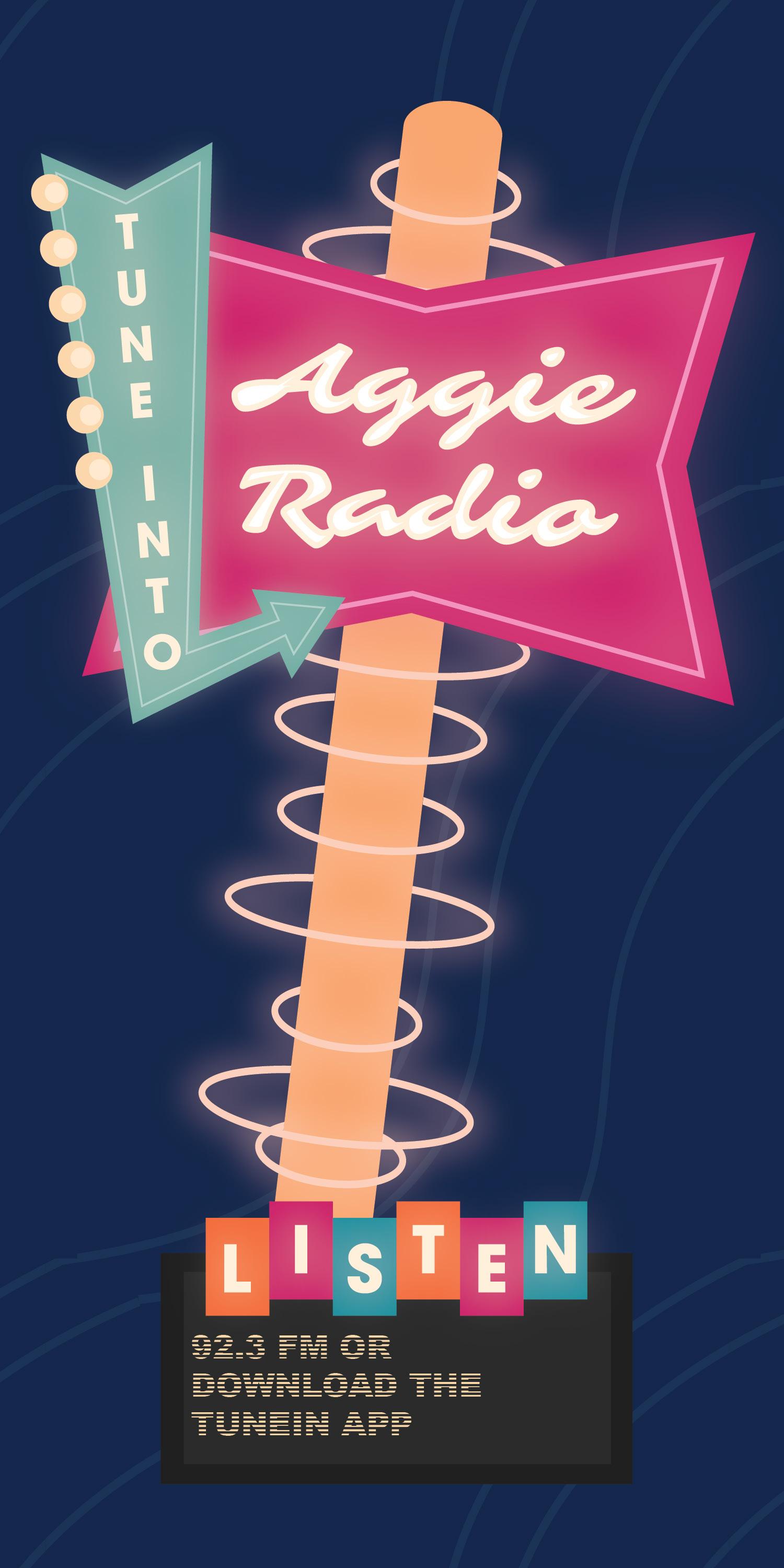Utah State University, Logan, Utah

Week of March 27, 2023


Utah State University, Logan, Utah

Week of March 27, 2023

Utah State University’s Bingham Research Center received an additional $150,000 and renewed $250,000 in funding, making for a total of $400,000 in annual appropriations, from a bill Gov. Spencer J. Cox signed into law on March 14.
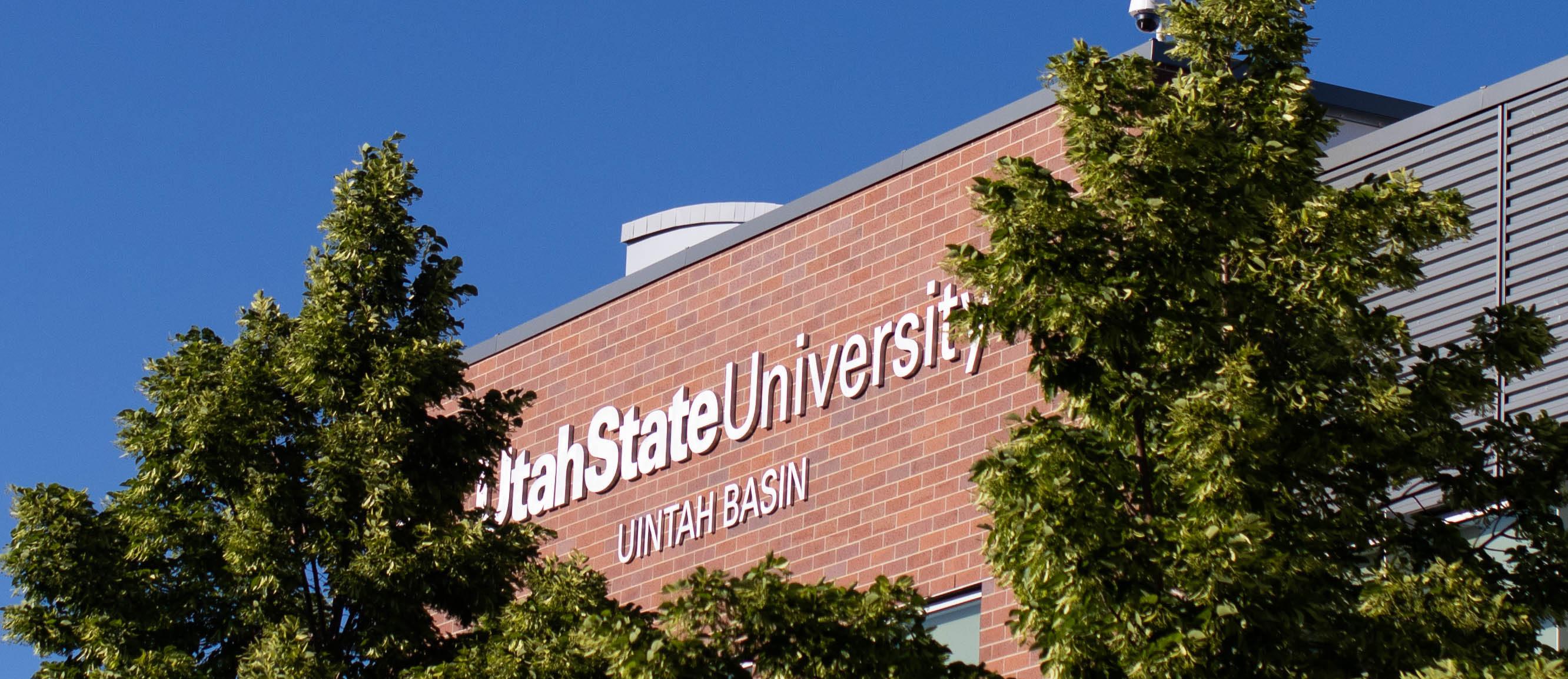
The increased funding will provide more spots for student researchers, according to Seth Lyman, a director and research associate professor at the USU Uintah Basin Bingham Research Center, established in 2010.
The increased number of positions will expedite the center’s research progress, he said.
“There are a lot of datasets, a lot of ideas, and not enough time to pursue them all,” Lyman said. “The students can dig down on research questions, or a research data set, that the full-time staff haven’t had time to give enough attention to. And then, they can expand what we’re capable of.”
Funding will also replace obsolete, fifteen-year-old equipment to provide newer machines — machines that will give much higher quality data, according to Lyman.
The Uintah Basin Air Quality Research Project studies ozone formation and measures air pollutants in the Uintah Basin through computer model simulations. The data is then used to track emission changes over time
and is annually reported to the legislature. Groups like the Utah Division of Air Quality have used their data in crafting regulations.
The Utah Petroleum Association has also been involved with the center’s Latch the Hatch program, which, “encourages companies to take specific actions to reduce tank emissions.”
The center has reported success with declines in winter ozone levels. Since 2013, days where the ozone exceeded the Environmental Protection Agency’s standards have decreased by four per year.
Lyman noted this particular winter’s ozone levels have increased. Stakeholders in the Bingham Research Center have expressed concerns about this winter’s increasing amounts of ozone.
Such increases could be the result of pollution emissions from the oil and gas industry or even “changes to ozone chemistry that are the result of our uniquely deep snowpack this winter,” according to Lyman.
“Figuring that out is probably the task of the year,” Lyman said.
Utah House Rep. Scott Chew, sponsored the bill funding officially called H.B. 319: Uintah Basin Air Quality Research Project Amendments.
As a Uintah Basin native, he said he has personal knowledge of where some of the research occurs, even having his sheep grazing allotments near the center’s
experiments.
In fact, this is not the first time Chew has sponsored, or helped sponsor, legislation for the Uintah Basin Air Quality Research Project.
In 2016, S.B. 118 Uintah Basin Air Quality Research Project kickstarted the project’s funding and research. Former Sen. Kevin Van Tassell sponsored the bill, with Chew floor sponsoring it in the House.
S.B. 118 would be automatically repealed via a sunset date on July 1, 2023. To avoid the project receiving the repeal, Chew sponsored H.B. 319.
Funds for the research came from the Infrastructure and Economic Diversification Investment Account, consisting of oil and gas severance tax revenue, legislative appropriations and private funding grants.
Jenny Carpenter is a junior studying journalism, Chinese and English. In her spare time, she loves writing novels, reading novels and watching Netflix.
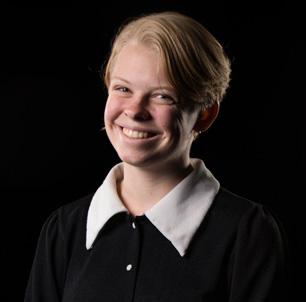 — Jenny.Carpenter@usu.edu
— Jenny.Carpenter@usu.edu
Utah State University is adding four new statewide representatives to the Statewide Student Fee Board.

Sophia May, the Logan program coordinator for Student Involvement and Leadership, said this addition results from the recent changes requiring technical education students at Blanding, Eastern and Moab to pay statewide campuses’ student fees.
“The greatest benefit I see is that technical education students will now have a seat at the table and can help understand and educate their constituents on how their student fees are being spent in their regions,” May said.
The four new positions being introduced are; Blanding Service Region
Technical Education Student at Large, Eastern Service Region Technical Education Student at Large, Moab Service Region Technical Education Student at Large and Technical Education Administrator, to be determined each year.
“Essentially, students in the tech programs will start paying student fees that get filtered into those same categories that statewide students pay,” 2023-24 USUSA President Abe Rodriguez said. “Since they are now part of the process, we had to ensure they have a say in the fee board.”
The motion to add these representatives was finalized at a Statewide Fee Board meeting on Feb. 28, led by Rodriguez.
“Utah Board of Higher Education required all technical education programs to align courses, credits and cost,” Brian Warnick, USU’s department head for technical education said during the 2023 Truth in Tuition presentation. “Tuition and student fees are ‘leveled’ for all Utah institutions offering technical certificates.”
USU has two student fee boards — one board for Logan and one for statewide campuses.
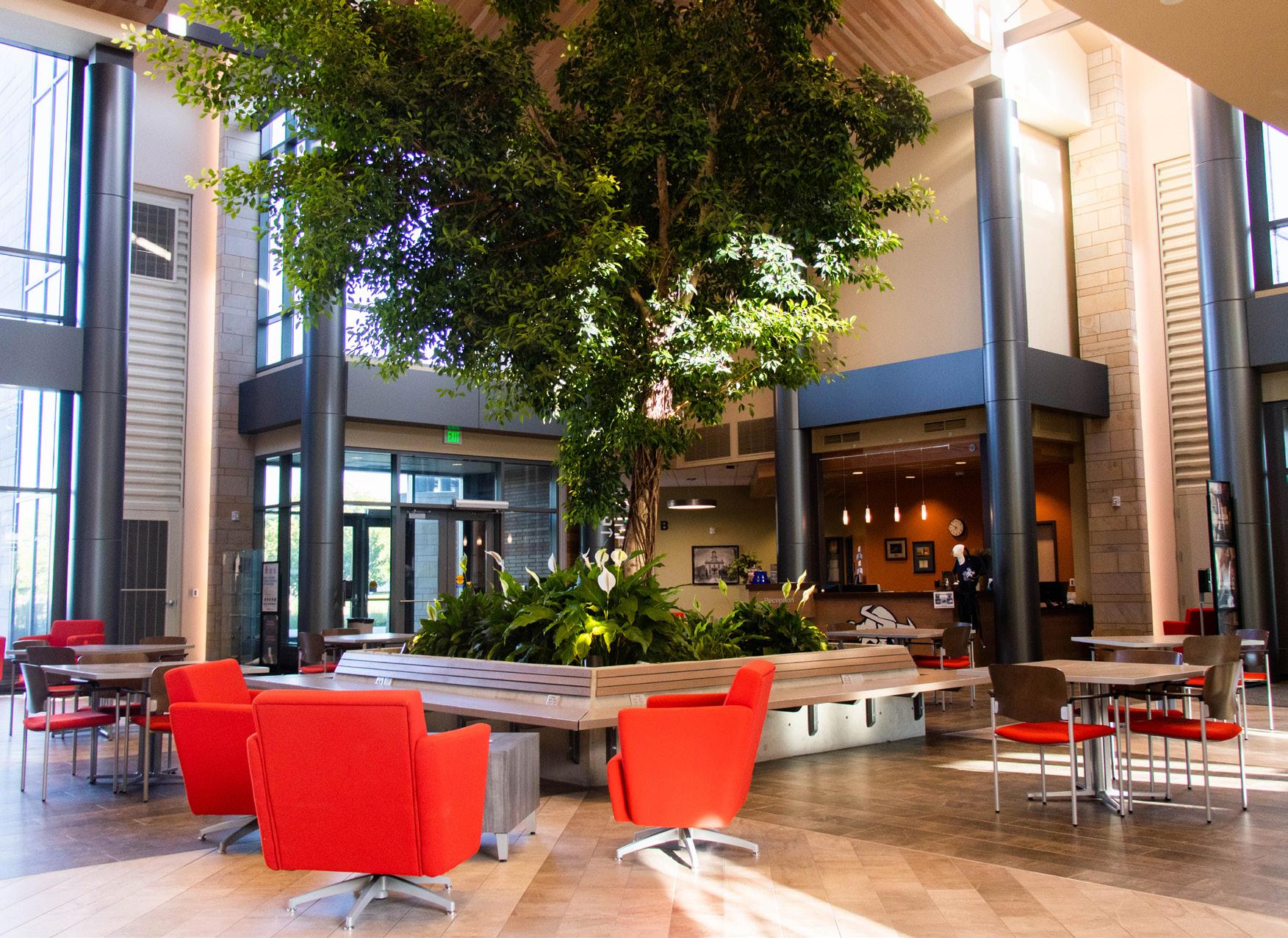
These boards consist of elected student
body officers and are the first step in reviewing which fees should move forward.
According to USU’s student fee webpage, Logan students pay $458.77 in student fees, along with tuition and housing.
The fees are broken down into eight categories: activities, athletics, Aggie Shuttle, buildings, Campus Recreation, library, music and theater and a technology.
The most expensive categories are buildings and athletics. The building fee costs students $152.49, and the athletics fee costs $113.28. However, the athletics fee has been partially moved to tuition.
Music and theater and the Aggie Shuttle fee were the least expensive. Music and theater cost students $10.58, and the Aggie Shuttle costs students $19.02.
Statewide student fees cost statewide students only $258.
“There are several reasons why Logan students may pay more in fees,” Clara Alder, former USUSA president said during Truth in Tuition. “One factor is the size of the campus and the student population. Larger campuses often require more
resources and services, leading to higher fees.”
Student fees will not change for the 2023-24 school year for both Logan and statewide campuses.
“There were no increases or decreases approved by both student fee boards. This was made for a historically short meeting,” Alder said.
Alivia Hadfield is a first-year student and loves being an Aggie. Her other passions include songwriting, reading and competing in pageants.
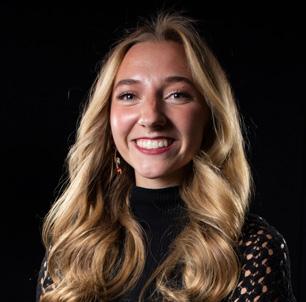
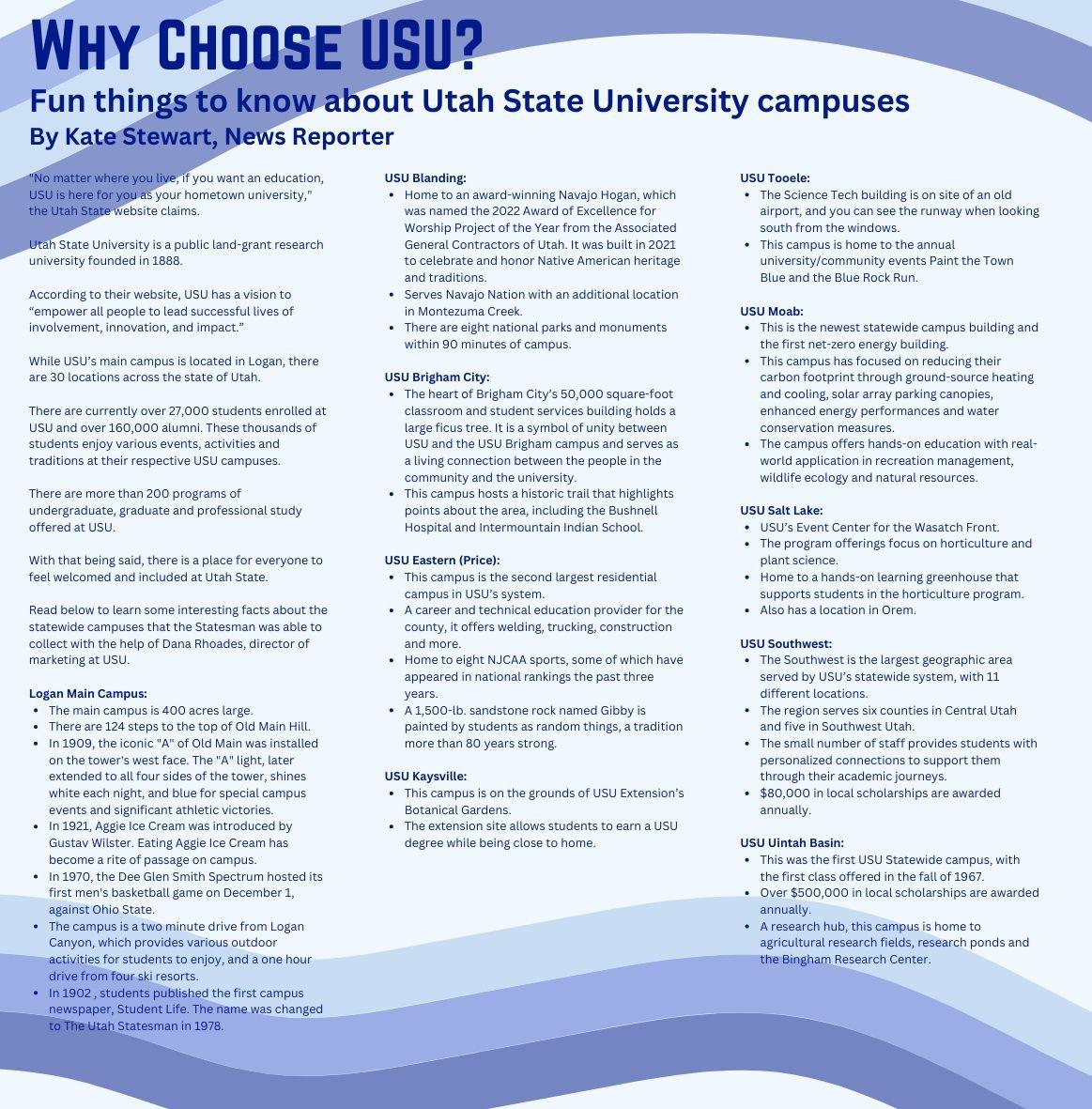
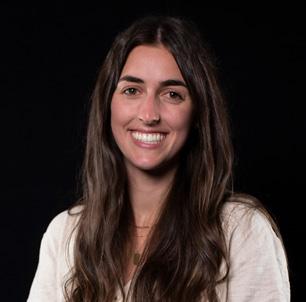
Utah State University has expanded its supplemental instruction (SI) program to assist students at statewide campuses.
Heidi Beck Kesler, the executive director for the Office of Academic Belonging & Learning Excellence, said the pandemic helped guide the transition to online classes and help statewide students.
“During the pandemic, SI sessions were all forced to be via Zoom. This provided the framework to move to a systemwide approach for SI,” she said. “Beginning this semester, SI is now available to all students enrolled in a supported course.”
Each week, at least one of the SI sessions is offered through Zoom, which allows statewide students to use this resource.
“The SI sessions offered via Zoom are useful to all students enrolled, regardless of the section or instructor,” Kesler said.
SI sessions are available for biology, chemistry, economics, human development and family studies, psychology, sociology, English and political science.
Rachel Archibald, an SI for one of the general psychology classes, has seen many benefits from the program.
“There is a higher confidence going into tests and doing homework,” she said. “There is also the chance to meet other students you could potentially study with within your classes.”
Kesler expects more students will attend SI sessions since there has been an increase in accessibility.
“The goal is greater access to learning excellence,” she said. “Through increased access, students will also benefit from the participation of students with diverse backgrounds and experience.”
Last semester, Archibald was an SI leader for the online section of a psychology class.
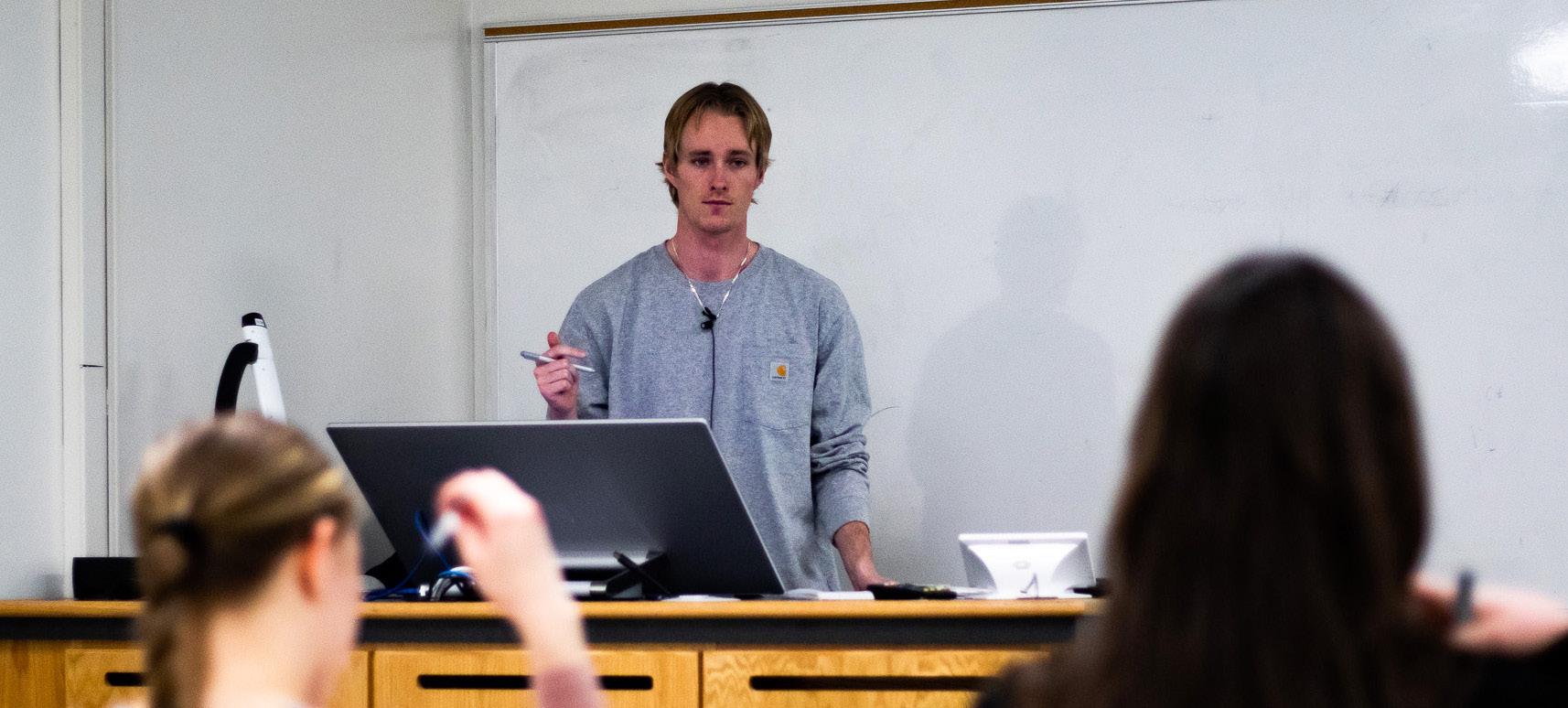
“I had students from all over the country come to sessions,” she said. “Each SI leader is assigned to one specific course and the students in that class. Now that I am an SI leader for a course that is in-person, most of the students that come to my sessions live in the area because they attend school on campus.”
Archibald’s favorite part is seeing how the topics relate to the students she helps.
“Psychology is also a unique subject that you are able to apply directly to your own life. It is interesting to hear others come in and apply it to their lives in new ways. Especially when we learn about learning, memorization and stress,” she said. “They are able to apply this knowledge to their own college careers and hopefully learn to take it with them.”
Kesler said she is anxious to assess this first semester.
“I imagine that in the coming semesters, we will have students from throughout the USU system apply to be SI leaders,” Kesler said. “I am excited to continue to work with statewide campus leaders to further promote this important program to all USU’s students.”
Kesler said the service is offered to students registered
for breadth education courses, and it is paid for by student tuition and fees. She also explained how SI leaders differ from Undergraduate Teaching Fellow and TA positions.
“While UTF and TA positions focus on the academic content of a specific course, SI leaders are focused on the competencies of learning excellence,” she said. “These competencies are portable beyond the specific course content. While course content is used for examples, the focus is on learning excellence.”
The SI website encourages students to attend sessions to improve their letter grades, find answers and increase the likelihood of graduating.
The website said students who attend at least six SI sessions throughout the semester increase their academic performance by one letter grade, and students who use SI early in their college career increase persistence to graduation by 10%.
People can find an SI or learn more at usu.edu/supplemental-instruction.
Carter Ottley is a junior studying journalism and political science. When Carter isn’t writing for the Statesman, he enjoys Chilis, reading and Imagine Dragons
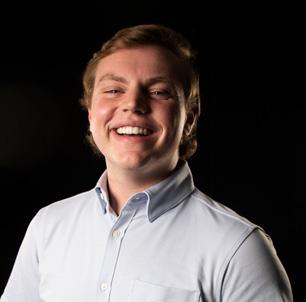
It’s mid-March and the end of year crunch to find and finalize housing for the next school year has come upon students. Now’s the time to start signing leases and figuring out how far away from campus you’d like to be, whether or not you can deal with a roommate for another year for cheaper rent and if it matters if there’s no in-unit laundry machines.
Many students at Utah State struggle with this process, and it has impacted students across statewide campuses.
Madysen Hyatt is a student at USU Eastern in Price. In an interview over the phone, Hyatt explained she was married in December and her and her spouse were unable to find housing in Logan, despite their original plans to attend here.
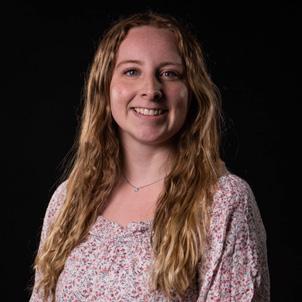
“It was kind of stressful and frustrating. We’ve been saving up money and we were prepped, but there was absolutely nothing within our budget that worked,” Hyatt said. “This was our original plan and what we wanted to do, but all the housing we could find was dinky studio apartments without kitchens. All of them were over $700 a month. We were like, “‘Yeah, we can’t do that.’”
Hyatt explained how discouraged they felt after looking at multiple apartments that had large waiting lists, expensive rent and many hidden expenses, like background checks and application fees.
“I wish landlords would be more considerate of who is buying the contracts,” she said. “Because we don’t have a lot of money. A lot of students who are paying for their education just don’t have a lot of money in the first place.”
Ultimately, the Hyatts decided to move campuses because they could not find a reasonable option in Logan. They were able to find an apartment in Price, four minutes from campus with two bedrooms and two bathrooms.
“It worked out perfectly, and we are paying well under our budget to live here,” Hyatt said.
She also knows of others who have struggled to find housing, a factor that went into their decision to look into other campuses across the state.
Eric Curwen, the director of campus life at USU Eastern, explained that the campus does not have married student housing, and all unmarried students live on campus.
“It’s close to campus and classes, and offers the support that many students need, like having housing staff on campus to help them get situated on campus and make them feel at home,” Curwen said. “Also, they don’t have to worry about utilities, they don’t have to worry about parking — there’s free parking, free internet, free laundry and a whole bunch of other benefits that they don’t have to worry about.”
At USU Eastern, on-campus housing ranges between $600-$1,300 for the entire semester, a sharp contrast to the monthly $600 rent payments many students make in Logan.

Curwen said he has received quite a few calls from students who can’t find housing in Logan and have looked into options at other campuses where the process is much easier and more affordable. The Statesman reached out to these students but did not receive a response.
“It’s pretty easy to acquire here, especially if you compare it to Logan, cause I know there’s a housing crunch up there,” he said.
At USU Blanding, director of auxiliary services Kol Conway explained the housing situation is quite similar to that at Eastern.
“I have two children that went up to Logan last semester, and they both lucked out, but I’m not sure how affordable it was,” Conway said. “Going through that process with them, I understand there’s not very many options. There’s a huge demand up there in Logan. Campus housing fills
fast,
get the best deals. I can see where that’s a problem. We don’t experience that as much down here.”
Conway said the housing process at Blanding is simple and was intentionally made that way.
“I think we make it pretty easy,” he said. “I think it’s important to make the whole process easier for students. That’s one less stress and one less worry that a student would have.”
Leah Call is a junior pursuing her degree in print journalism. In her free time, she loves finding new music to jam to and is always on the lookout for the perfect iced chai tea.

 By Carlysle Price LIFESTYLES STAFF REPORTER
By Carlysle Price LIFESTYLES STAFF REPORTER
The second floor of the Fine Arts Center had notes of classical piano music fluttering through the halls. The closer I got to room 214, the louder it grew. Entering the room, the music was overpowering. Piano majors and art majors stood and loaded their plates with snacks as Kevin Olson, area piano coordinator, invited them to sit and enjoy the “informal soirée.”
On the screen was Picasso’s “Woman with a Parasol,” with the title “The Debussy Project.”
The event was an opportunity for professors to share their project ideas with their advanced students. The piano majors had all selected preludes from Claude Debussy’s work and were challenged to look up the English translation of the Latin titles and explain what the piece felt like.
Art majors then wrote down which piece they would like to turn into an impressionist-style art piece.
This was the introduction event to a collaboration taking place between piano students and art students at Utah State.
It culminated in a concert on March 17 at 5:30 in the Russel/Wanlass Performance Hall. The art pieces will be displayed on stage during the live performance and sold in the lobby after the show.
Caleb Esmond, a second-year master’s student in the piano department, chose to perform “Les collines d’Anacapri,” or “The Hills of Anacapri”.
According to Esmond, this piece is the fifth prelude from Debussy’s first book of preludes.
“‘The Hills of Anacapri’ is a wonderful piece which evokes images of mountains and hills,” Esmond said.
Printmakers were also involved in the project, including MK Wetzel, a student studying graphic design and printmaking.

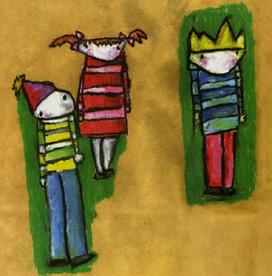
“I think it’s really cool to get a peek into the music makers’ lives, because it is a part of the Caine College of the Arts, but I have no idea what they do. I’m excited to see what it’s about and collaborate,” Wetzel said.





Olson and Esmond agreed the project is an exciting collaboration for the students, who study in the same building but on opposite sides. It will connect students and challenge them to find commonalities to then share with an audience.
“In the past, music and art have had so many connections — even having the same time periods,” Esmond said.
He pointed out that both mediums have impressionistic periods, and he was excited to see what the artist on his piece came up with.
During the presentation, Youth Conservatory adviser and performer Cahill Smith played a few of the preludes to help artists understand how music can paint a picture. He performed pieces that featured notes falling flat and going against rules, as impressionistic painting often does.
Bringing visuals to elements of Debussy’s work was an interesting way for audiences to experience the music, as well as the students who study it and share their interpretations.
“It’s just a different way of hearing and seeing art,” Olson said. “These have always been really popular within the community, the way it impacts people in a holistic way. I think art and music needs to think about ways to do this more if we’re going to get people to our concert halls and into our studios to do things that are creative like this.”
Carlysle Price is proud of her extensive magazine collection which has surpassed 50 editions, all of which have been read thoroughly. She would never skip to the cover story. —
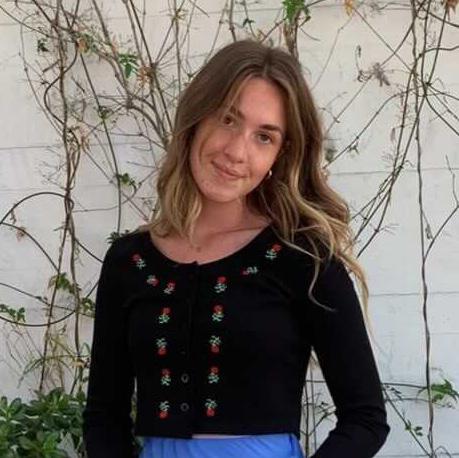
My name is Connor Wolfley. My show is on every Thursday at 5 p.m. I love the experimentation of music born from the 90s, and that’s what my show is inspired by. My love for shoegaze and IDM is what has been fueling me lately and what influences the music I create! You can find my bands on any streaming service under these band names (Connor Wolfley, Antela, Commander Salamander) I write and record/mix/master all the songs released with these bands!
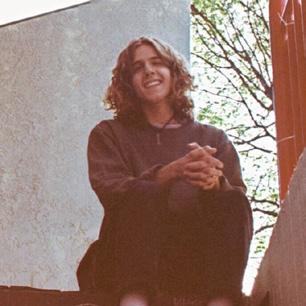
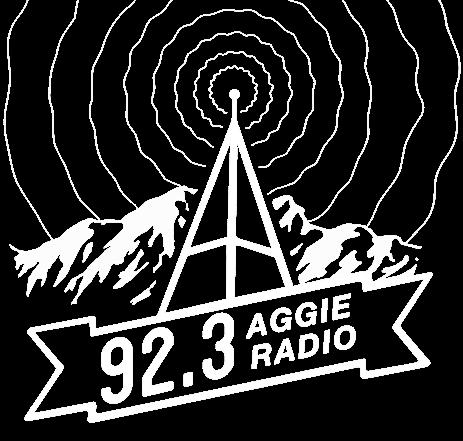
Happy Cycling Boards of Canada


It’s Very Sunny Casino Versus Japan
40 Days Slowdive
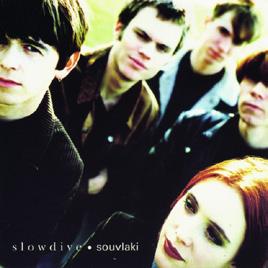 Big Up Zeitgeist Freedom Energy Exchange
Big Up Zeitgeist Freedom Energy Exchange

Women in Welding is a new workshop taught by USU Moab’s welding instructor, Chloe Wilson. The four-session course aims to involve women in a field where they are commonly underrepresented.
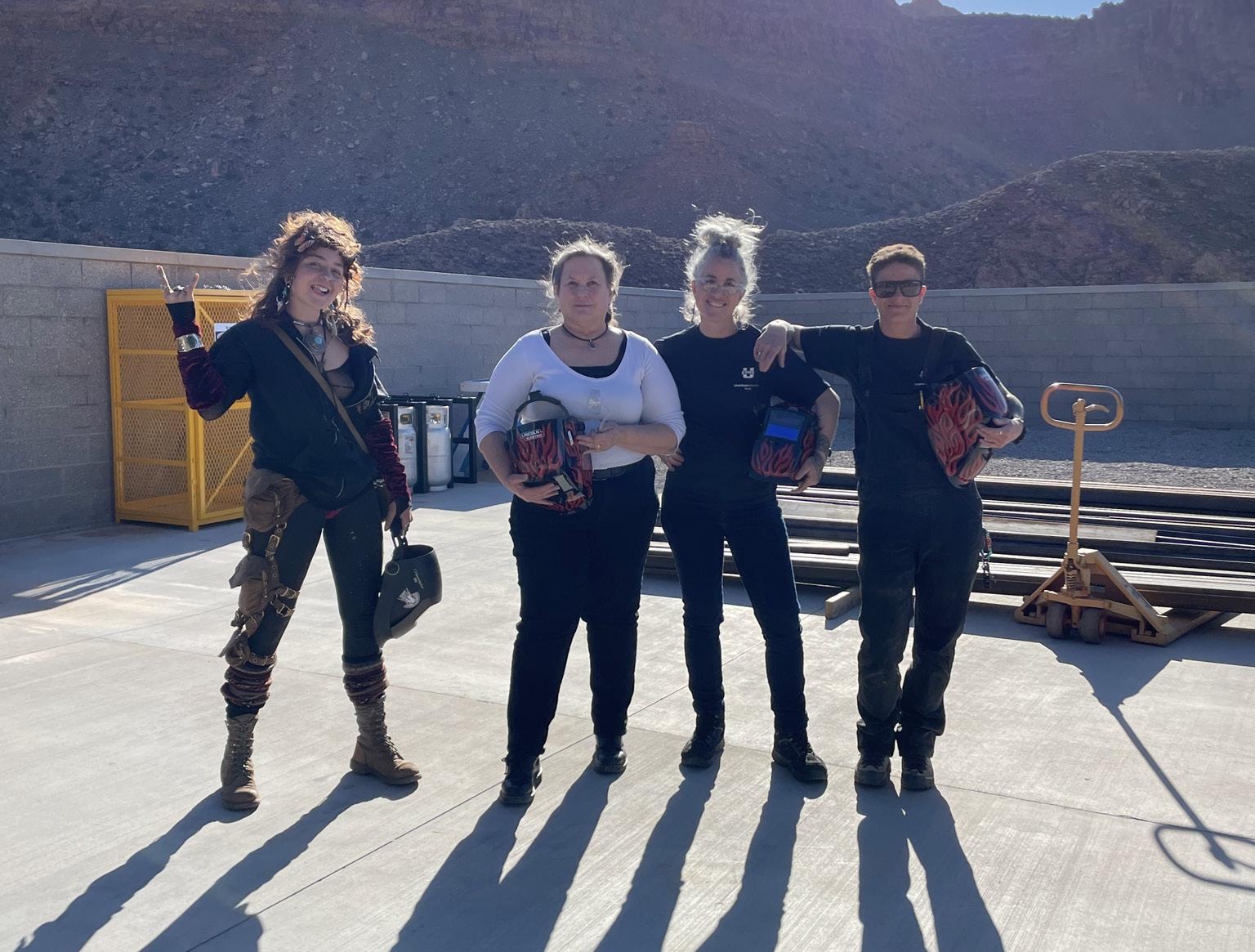
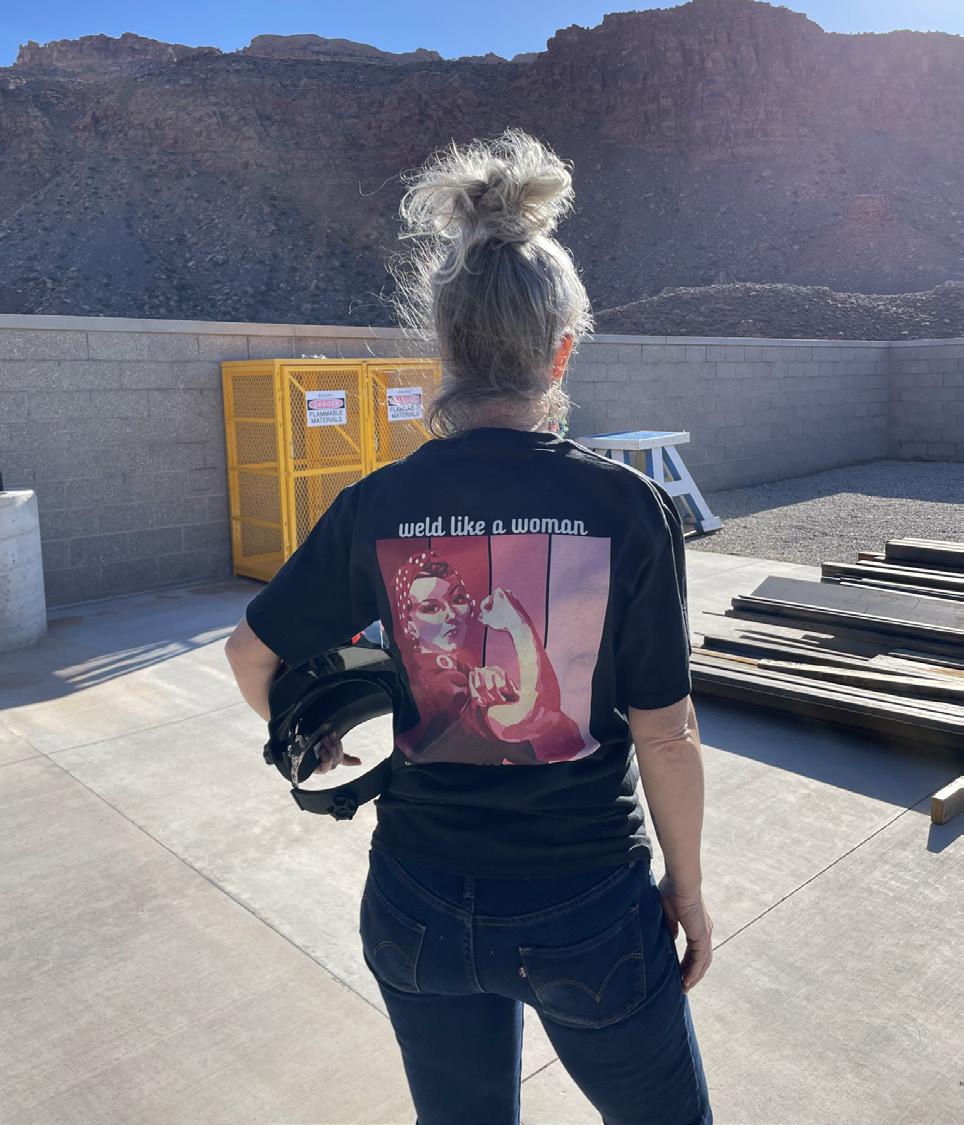
“A lot of women in our community have reached out to me saying they’ve always been interested in welding,”
Wilson said in a virtual interview. “This workshop is a really good way to get women involved and help hopefully make it less intimidating because there’s a female instructor.”
While any woman can join the workshop, spaces filled up quickly, which Wilson attributed to the demand of women wanting to participate.
“They’re going to be learning the basics of MIG welding,” Wilson said. “They’re going to be getting some basic tools and equipment orientation. You’re going to be learning the basics of fabrication, like basic measuring, dimensioning, cross squaring.”
Metal inert gas welding, or MIG welding, is one of the most common welding processes. MIG welders feed a metal wire into a welding gun to melt it down.
“Women can come learn a valuable skill that they can use and then also make friends,” Wilson said. “With my
welding classes in general, my students have just formed a really cool group, and they have such a unique camaraderie.”
Wilson said her personal experience has prepared her to teach the workshop.
“It’s definitely made me more empathetic for women in this industry and given me insight into the issues that they face,” Wilson said. “It also just lets me do a job that I really enjoy and that I love, and it rarely feels like work.”
Wilson’s love of creating different things as a child is what drew her to welding in the first place.
“I’ve always enjoyed making stuff. I used to make dresses for my dolls and my sisters all the time. I made all my prom dresses and homecoming dresses,” Wilson said. “When I got to junior high and high school, I just wanted to explore creating with a different media, and welding sounded like a lot of fun.”
Hailee Beckstrom is a student enrolled in technology classes, and she is involved in welding at the Moab campus.
“My favorite part would be finishing the project,” Beckstrom said in an interview done over the phone. “You’re like, ‘Yep, I did that. That’s me.’”
According to Beckstrom, there are many projects the students take on in their welding classes.
“So far we have done kind of like a picture frame project to help teach us to square things,” Beckstrom said. “We are finishing some bike racks for one of the breweries in town.”
Beckstrom said welding has given her value and skills she can use outside of the classroom.
“I feel like my patience has gotten better. I wasn’t a very patient person. I feel like with welding, you have to be,” Beckstrom said. “Sometimes it can be frustrating and stuff. So you kind of just have to take a step back and calm down. Be patient with the thing you’re working on or something you’re struggling with.”
Beckstrom had some advice for young girls who are considering going into welding but aren’t sure how to start.
“Don’t give up, just keep doing it, because in
this field, there are men that are Debbie Downers,” Beckstrom said. “You’re going to have people put you down, you just got to keep going. Pursue what you want to do.”
Rachel Stenta is the technical education program coordinator for USU Moab who helps welding instructors by speaking with high school students for concurrent enrollment programs.
Read the rest of this story at usustatesman.com.
Avery Truman is a first-year student pursuing environmental studies and geography. She is passionate about astronomy, writing and reading science fiction and learning about wildlife.
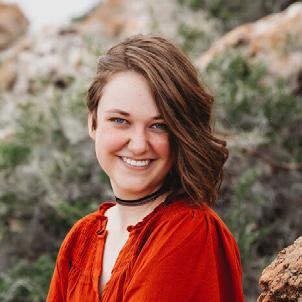
— A02385315@usu.edu
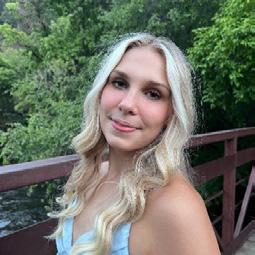
Two Utah State University professors started the Bringing War Home project in 2021, giving community members the opportunity to share objects from war and their accompanying stories.
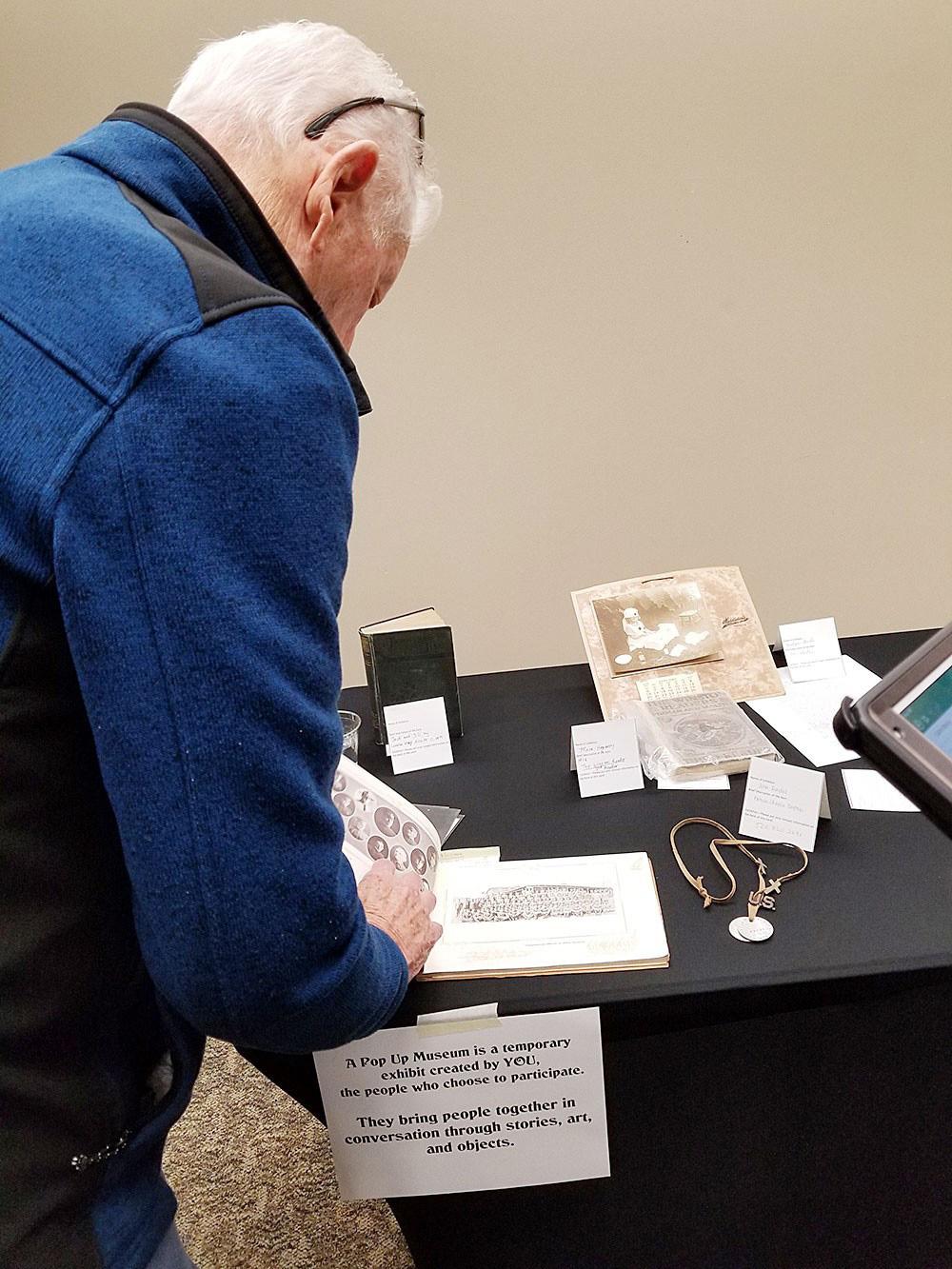
There are three main pillars in the project: an artifact and oral history roadshow, an object of war course and book discussion groups.
Molly Cannon, assistant professor of anthropology, serves as co-director of the project. Cannon works with Susan Grayzel, a history professor who serves as the other co-director.
“The purpose really is to record these stories,” Cannon said. “And I would say to initiate these conversations in our communities across the state.”
The project has a program with Utah Public Radio where oral stories are shared in episodes over the air.
Katie White, an intern at UPR, was assigned to produce the Bringing War Home program.
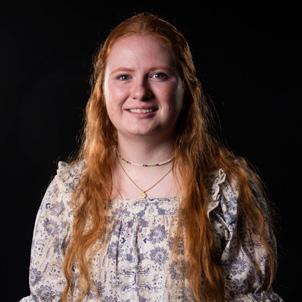
“I do the oral histories,” White said. “If they want to record with us, then those will be turned into episodes for this series, and then I also clean up the full audio for their archives. So the full interviews will be available, and then we’ll have these, like, four-minute episodes.”
There have been eight roadshows so far, with two upcoming. On April 13, the group will be at the USU Blanding Campus. On April 15, they will be at the USU Eastern Prehistoric Museum in Price.
Cannon said the roadshows usually take place from 10 a.m. to 2 p.m. and are an open house format. Anyone can come for free without needing to sign up.
The purpose of the roadshows is for people to bring in their items and have them recorded.
“We set up these different stations,” Cannon said. “We have the documentation desk where, you know, if you’d brought your item in, I would be asking you some questions, and taking notes. And then once we were done collecting that information, you would take it over to the photo
People will admit stuff on LinkedIn that not even Batman could get out of me
booth, where one of our students would photograph the object and multiple views so that it can go up on our archive.”
They do not collect the objects that are brought into the roadshows. Instead, they record all the information they can, including pictures.
White brings recording equipment along to the road-
shows and records the oral histories in a separate room.
According to Cannon, they usually travel to these events with a team of four to six students and invite students at the statewide campuses they’re visiting to help out. The project includes book discussion kits about the book “The Things They Carried” by Tim O’Brien. Cannon said they have held book discussions around the state, including most recently with USU’s honors program.
An objects of war course will be offered at the university in spring 2024.
Annika Shinn is working towards her master’s of history and is studying queer history. She is currently working as a grad student assistant for the project.


Shinn said the project opens up space for certain conversations that are not normally had.
“I know we’re hoping that people having their objects brought in will give a starting point to those dialogues. Like, you have a family object, it might be a lot easier to get your dad to talk about his time in the war or just to talk about war in general,” Shinn said. “So I think opening up those conversations around a really difficult topic, and having a starting point for those, is really one of the biggest parts of this.”
Caitlin Keith is from Utah and is currently a junior studying journalism. Other than writing, she enjoys watching and ranting about tv shows or sports, speaking German and eating snacks.
— A02312868@usu.edu
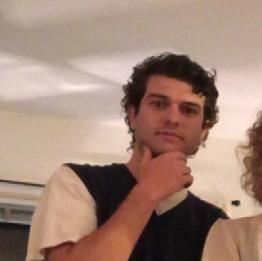
The best part of any HBO show is the little behind the scenes thing they show after each episode where they reveal how incredibly British every actor is.
So excited to announce that I have been offered a Hanging Out With My Parents summer internship at My House In Maryland thrilled to have this opportunity to advance my career in just chilling and making minimum wage at the farmers market
From March 13-17, Utah State University Blanding hosted a mental health week focused on giving students the tools they need to ensure their mental success during a sometimes stressful college experience.
Priscilla Arungwa, director of students at USU Blanding, helped to guide students as they planned the week’s events. She expressed how this event turned out to be a huge success, with more student participation than years prior.
“This week we came together as a campus community to break the stigma that mental health should not be swept under the rug,” Arungwa said in an email with the Statesman.
As well as bringing awareness to mental health, the event was also geared towards making USU Blanding a
home away from home for attending students, faculty and staff.
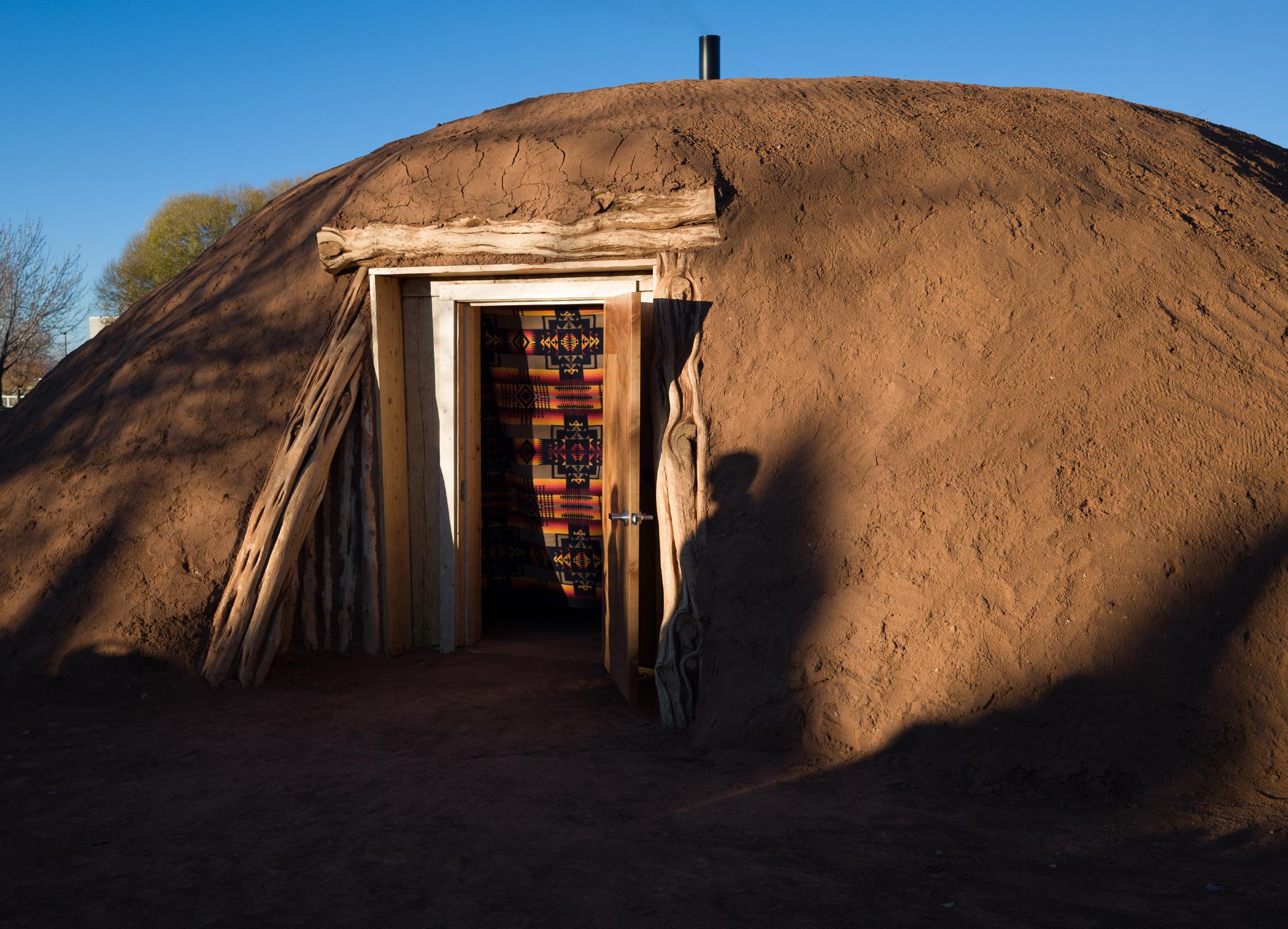
Mental health prevention specialists were brought on to support the mental health program on campus and increase involvement for the week’s activities with flyers, marketing and event planning.
This year, different from all others, Blanding brought Native American Elder Don Mose Jr. to speak to the students about never giving up on their education. Blanding’s student body is 70% Native American.
Throughout the week, students were given information on mental health resources and an article on resilience. Blanding included new training on communication methods for students struggling with their mental health. One such method was Kognito, a software that allows mental health prevention specialists to role-play simulations that can transfer to their students in real life.
Arungwa spoke about getting students involved and the importance of connecting with their peers.
“Addressing mental health using a peer support model has been a huge success because our students feel less afraid to ask for help from their peers, who they identify with best,” Arungwa said.
The week opened Monday night with a showing of “Creed III” at a local movie theater with the intent to treat students to a de-stressing evening. The movie was followed by conversations on the importance of de-stressing and activities that can aid in the process.
Another activity was the Memory Walk, where students were encouraged to wear honor beads to remember people they knew who had passed away.
Other activities included mental health kits, goodie bags with resources, time management workshops and beanie decorating.
This event comes at a time when nationwide surveys are looking at mental health across campuses. In a podcast published by APM Reports, surveys found that nearly 40% of students experience depression, and one in three have had anxiety.
As more students are in need of mental health care, USU is offering more resources to aid students in their success. Kristian Olson, associate vice president of USU Blanding, said he is grateful for what the campus is providing its students.
“I am grateful I work for an institution which provides resources to students who are working through some difficult life challenges,” Olson said. “I know it is making a difference in the lives of our students.”
Resources across statewide campuses are available for students struggling academically, physically or mentally. Visit usu.edu/aggiewellness/ for more information.
Tyler Bodily is a sophomore studying computer science. When he isn’t writing, Tyler loves reading, playing piano and listening to musicals. —

 By Madison Weber SPORTS REPORTER
By Madison Weber SPORTS REPORTER
Utah State Hockey is one of many club teams at Utah State University. The difference between them and the others is their widespread fan base.
They’ve just returned from the American Collegiate Hockey Association National Championships in Boston and say they owe their success to the community.
Because the team isn’t affiliated with USU Athletics, each player must pay to play. Donations, fundraisers and ticket sales have helped relieve the financial burden that comes with the expensive sport.
“We don't want hockey to be a financial burden,” coach Samuel Lindquist said. “We were able to keep the player dues fairly low because of the great local community.”
Lindquist said they couldn’t do it without the donations. Local businesses, alumni and fans continuously donate money, meals and equipment.
“It means just about everything,” senior forward Bradley Green said. “The only reason we can play is with all of the support.”
After a successful season and a chance at the National Tournament, the team started a fundraiser with a goal of $40,000. To their surprise, they reached half their goal in just one week.
“To raise $20,000 in a week really speaks to the community around the hockey team and the support that's out there,” Lindquist said.
In line with their community engagement efforts, the team held an open skate night to raise money and skate with those who continuously support them. They skated, sold merchandise and got to know their fans.
“To have people show up to our games is one thing, but to have them give us money to go to nationals, to pursue our goals is amazing,” freshman forward Benjamin Carlson said. “It was nice to interact with the fans and talk about how much fun they have at the games.”
This year's appearance in the National Championship was their first in five years. The team is confident that they’ll continue to reach that level in the coming years.
“We hope that we have a rich history of appearing at the National Championship tournament,” Lindquist said. “Our goal is not to just go there and participate. We want to represent the West.
As a club team at an off-campus arena, USU Hockey receives more fan support than most university-affiliated club teams. The team plays at the George S. Eccles Ice Center, which holds 2,200 people. Most games sell an average of 1,700 tickets.
“I believe hockey has cemented itself as the third most watched sport on campus after football and basketball,” Lindquist said. “It's not as convenient as just walking into the Spectrum or to the football stadium. But it's been great to see the support.”
Carlson played for Montana State University before coming to USU. After playing against the Aggies, he knew the rowdy fans were a big part of their success.
“USU Hockey is up there with the best places to play in the whole country. The support that we receive from the community is unmatched,” he said. “It's a privilege to play hockey in the first place, but to wear the USU logo and play in front of all of our friends, it's a great group.
Victoria Lex is the marketing and fan engagement manager for the team and has been able to see how big of an impact the fans make on the players.
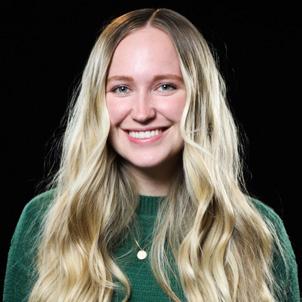
“I have never met a group of boys that are more thankful and grateful for their fans,” she said. “Yes, having skill is one thing, but the fans are what really drives their passion and makes them want to do well so they can make their Aggies proud.”
The staff surrounding the team is minimal. Lindquist and Lex expressed appreciation for the HURD, the student organization and fan group, for their support and marketing contributions.
“The fan organization on campus hasn’t always come around. It stems from the representatives running that organization,” Lindquist said. “It's been encouraging to see those people recognizing club sports more.”
“They have kind of brought us into more of a level ground with the big NCAA sports and that has helped us gain attention,” he said. “They share a lot of things on social media on our behalf, they help us get attention and then we do the job to create a good experience. That’s really been improving.”
Carlson said they have more fans cheering them on at their warm-ups than could fit in most other rinks they play in.
“It shows how much support there is around the hockey team,” he said. “Just to play in front of anyone is such a privilege. To have all those people making so much noise with the HURD and doing all the chants that they do — it just brings so much energy.”
Lex talked about the obvious impact the HURD has on the team and how it even made Carlson emotional when he first transferred to USU.
“The first time he heard ‘The Scotsman’ on the ice, he came off and asked what it was. I was like, ‘That's the Scotsman, Ben. How do you not know that?’ And he was like, ‘I love that so much,’” she said. “I ended up teaching him the lyrics and during the last game, he honestly just started tearing up. He was like, ‘I have never met a group of people that are so loyal to their team.’”
At the national tournament, the Aggies went 0-3, losing to Iowa, Liberty and Northeastern. They ended their season with a record of 25 wins and 20 losses.
The continuous support throughout the season left the Aggies with their heads held high. They were just grateful to participate.
“It was good to go to Nationals as a way just to finish it off,” Green said. “It's really sad that this is the end of it for me because I've enjoyed playing for Utah State for so long. I guess, kind of bittersweet.”
USU Hockey may only be a club sports team, but their impact on the community will remain for years to come.
“We hate to lose as much as we love to win,” Carlson said. “We hate to lose because we don't want to let the fans down. There's so much passion that comes with wearing the logo and all those people cheering us on.”
Donations to the team can be made through the USU Hockey website at usuhockey.com.
— madison.jenkins@usu.edu @madisonjenks
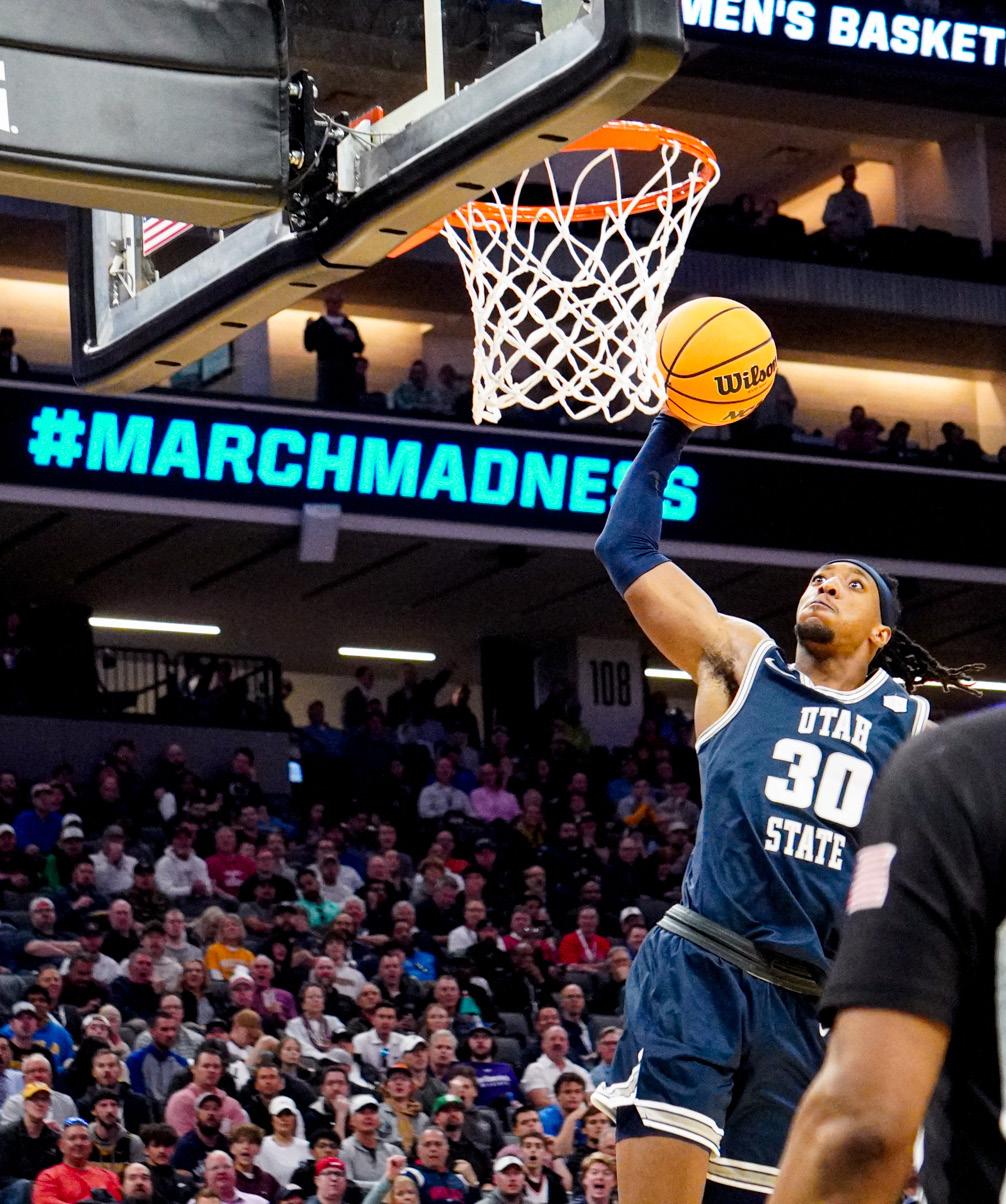 By Jake Ellis SPORTS EDITOR
By Jake Ellis SPORTS EDITOR
There’s a reason why the NCAA Tournament draws so many eyes in March. It’s the only place you can see Fairleigh Dickinson — a university I would have bet you made up before I heard about them a couple of weeks ago — bring down Purdue, a mighty member of the Big 10 conference. College basketball is incredibly entertaining and brings people together around the country and even the world. I love how the sport is now, but it could be better. Here are three things that could easily be implemented to vastly improve the game.
It’s time to get rid of late game fouling. It’s choppy, it slows down the pace of the game and it’s a completely different type of basketball than what’s played throughout the game. The solution is the way scoring worked when we played basketball on the blacktop behind school growing up — set a target score.
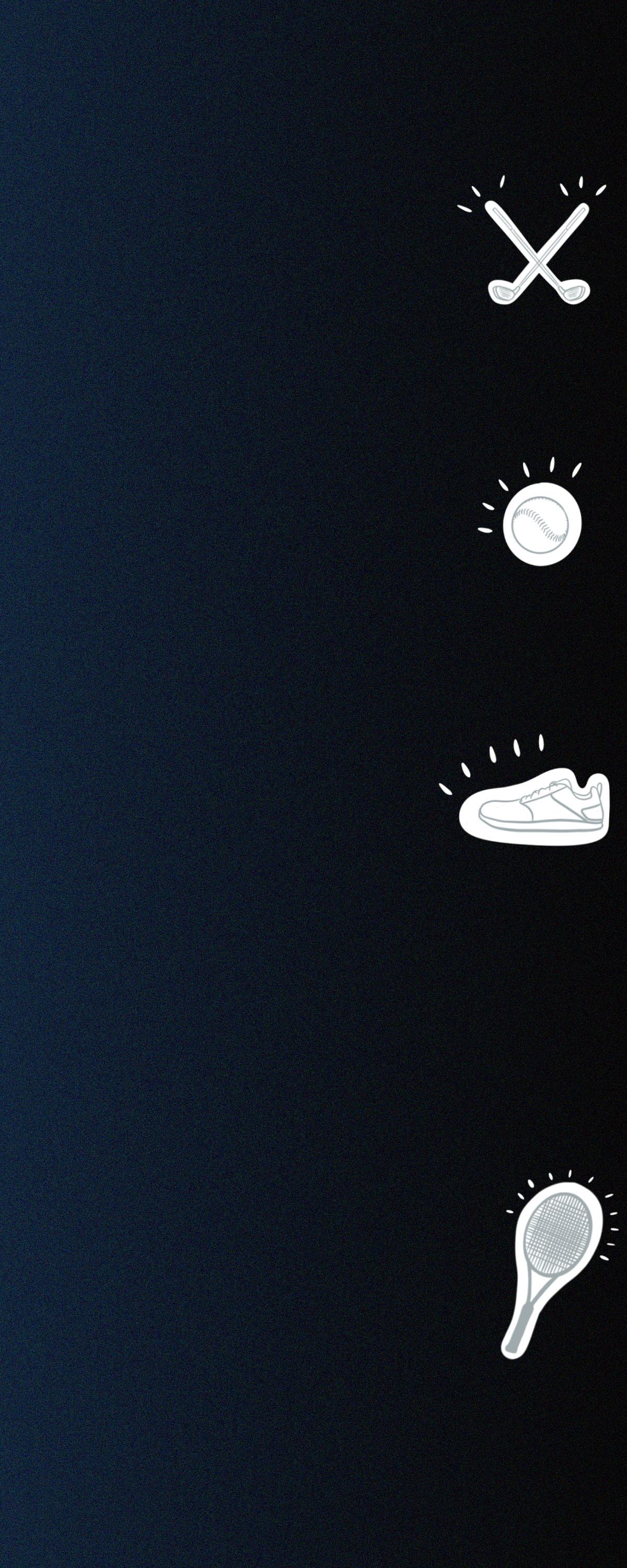
My proposal is to adopt the Elam Ending. Basically, during the under four minute media timeout, the target score is set at seven points higher than the leading team’s score. The game clock would turn off and the teams would play until one of them hit that score or surpassed it.
This target score ending has already been utilized in the NBA All-Star Game, overtime in the NBA G League and The Basketball Tournament.
Under the Elam Ending, defenders could focus on trying to force turnovers and playing the same solid defense they practice instead of rushing over to tap someone on a full-court press.
Additionally, this would eliminate some hostilities where players would get upset about a team scoring late when they’re up because of the shot clock. Instead, the offense still needs to score to reach the target score to win.
One concern under this system was the scenario where defenses would foul in the bonus when the offense needed a 3-pointer to win and the defense was within a basket. The Basketball Tournament resolved this by giving offenses one free throw and possession when a defender committed a non-shooting foul in the Elam Ending when the team was in the bonus.
In college football, student-athletes are allowed to play four games or roughly a third of the season while keeping their redshirt intact so they don’t utilize one of their years of eligibility. I think a similar rule for college basketball should be instituted, especially because the roster size is smaller.
There’s no reason why these young athletes shouldn’t be allowed to get some experience in garbage time or step up when a teammates is injured. Let them play a third of the season, roughly 10 games. Think about how much Isaac Johnson and
March 27-28: @ UC San Diego Invitational
La Jolla, California
March 28: vs. Idaho State
2 p.m., LaRee & LeGrand Johnson Field
March 31-April 2: @ Nevada
Reno, Nevada
3. Changes in Eligibility
Ken Pomeroy, the inventor of KenPom metrics, has argued a few times this season that the NCAA should keep five years of eligibility for student-athletes, a temporary change meant to provide an extra opportunity for athletes who played during the canceled/altered coronavirus seasons.
“Also, renewing my call to make 5-year eligibility permanent,” Pomeroy tweeted on March 15. “More talent to go around this season = more parity than ever = best product ever. 2P% and FT% at historic highs, TO% at historic lows. Room for sensational freshmen and old talented dudes. Do the right thing, NCAA.”
I agree. Beyond the talent on the court, allowing student-athletes to get a master’s degree paid for by a scholarship would keep up with degree inflation. Additionally, the NCAA has announced they are making changes to the waivers they issue to transfers. They say a coaching change is no longer a valid reason for a waiver to allow a transfer immediate eligibility on their second transfer. That is unfair to the student-athlete. They were sold a pitch from a coach about their program, which has significantly changed because they will have a new coach. Allowing those two-time transfers gives student-athletes a bit of power in a system that uses their talents for massive TV revenues for their school, conference and the NCAA.
jacob.ellis@usu.edu
March 30-April 1: Texas Relays
Austin, Texas
March 30-April 1: Stanford Invitational
Stanford, California
March 30-April 1: West Coast Relays
Fresno, California
Men’s
March 31: @ Nevada
Reno, Nevada
April 2: @ UNLV
Las Vegas Women’s
April 1: vs. San Diego State
Boise, Idaho
April 2: vs. UNLV
Boise, Idaho
Mason Falslev could have helped USU at certain moments this season.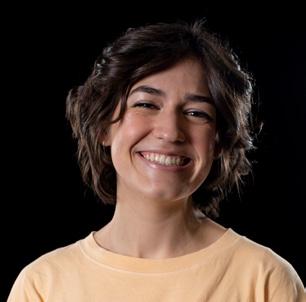
— A02332526@usu.edu




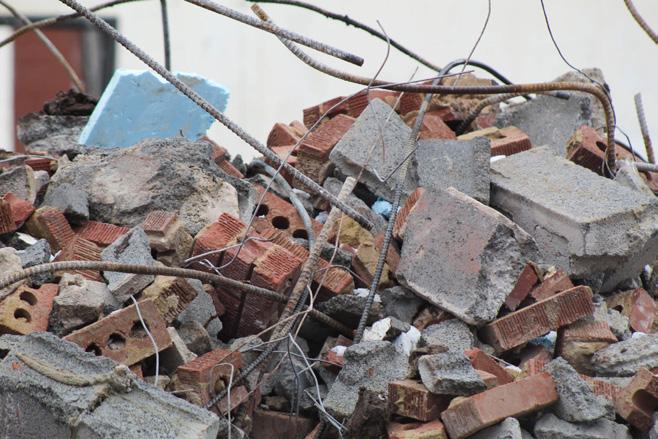
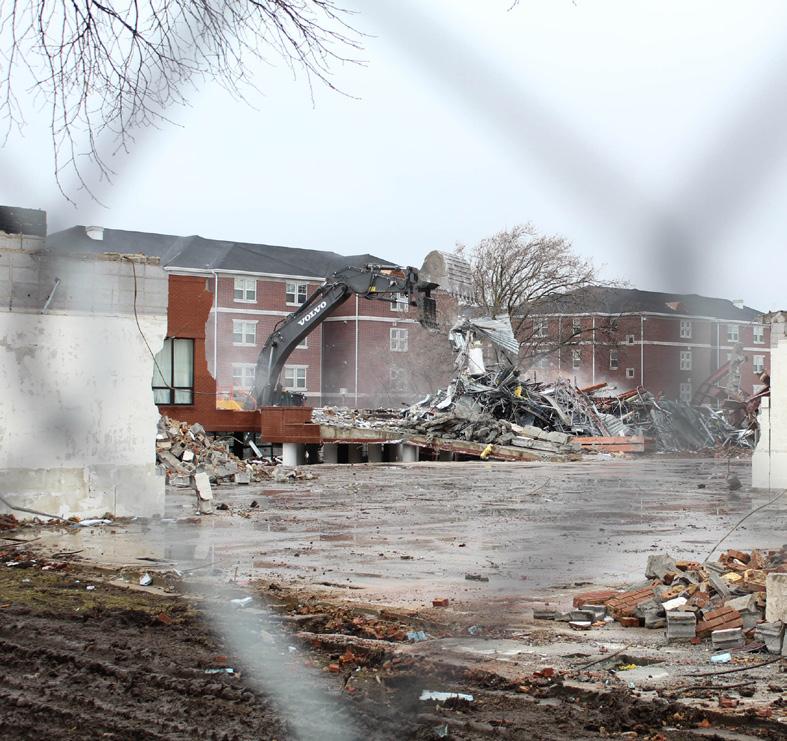
Sudoku puzzles are provided by www.sudokuoftheday.com.
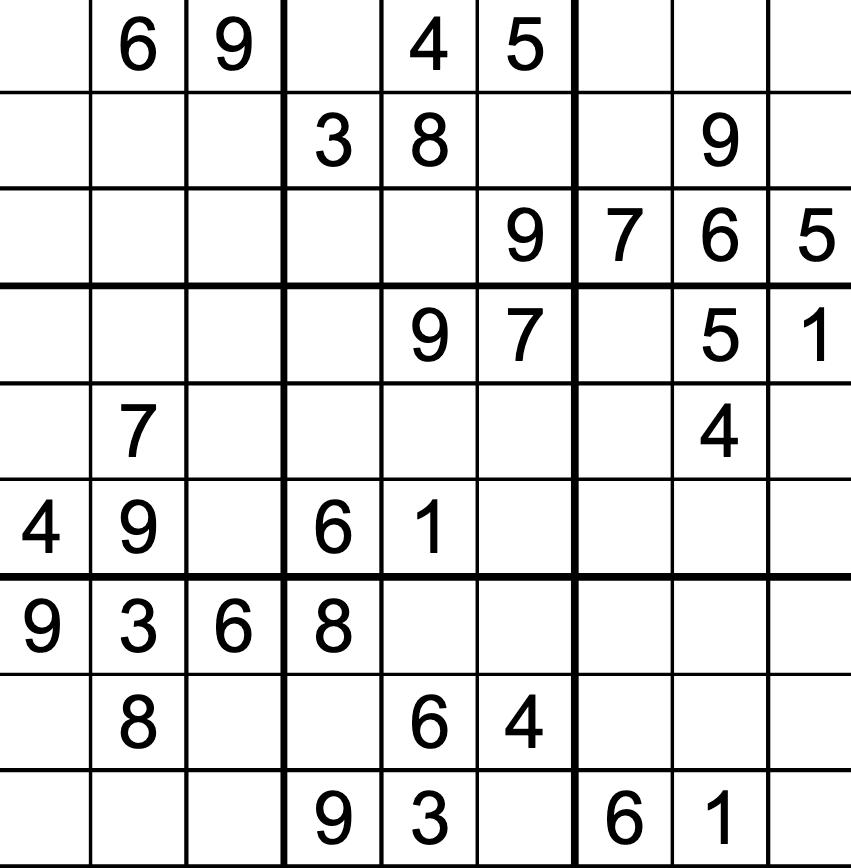


Last week’s solution:
